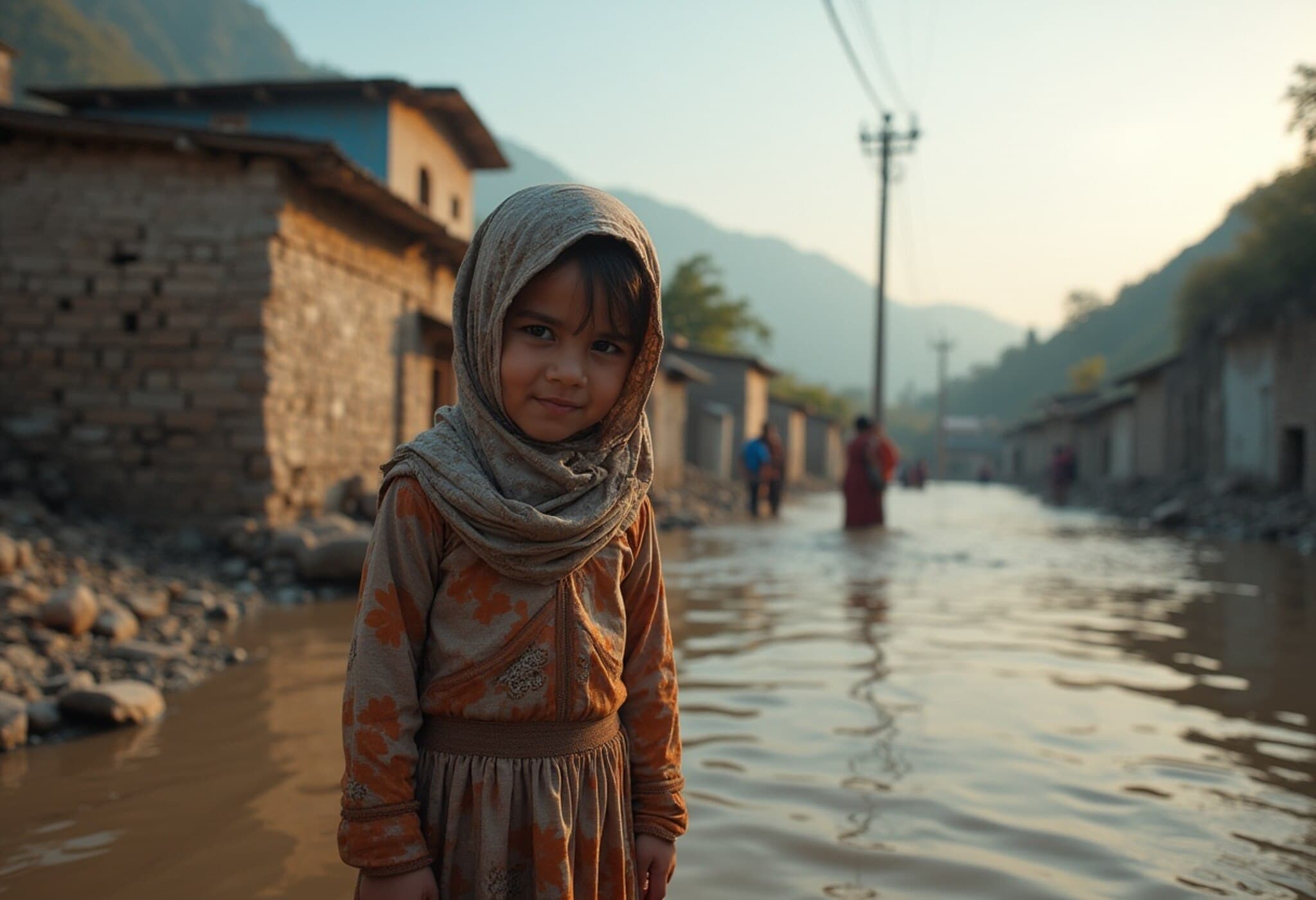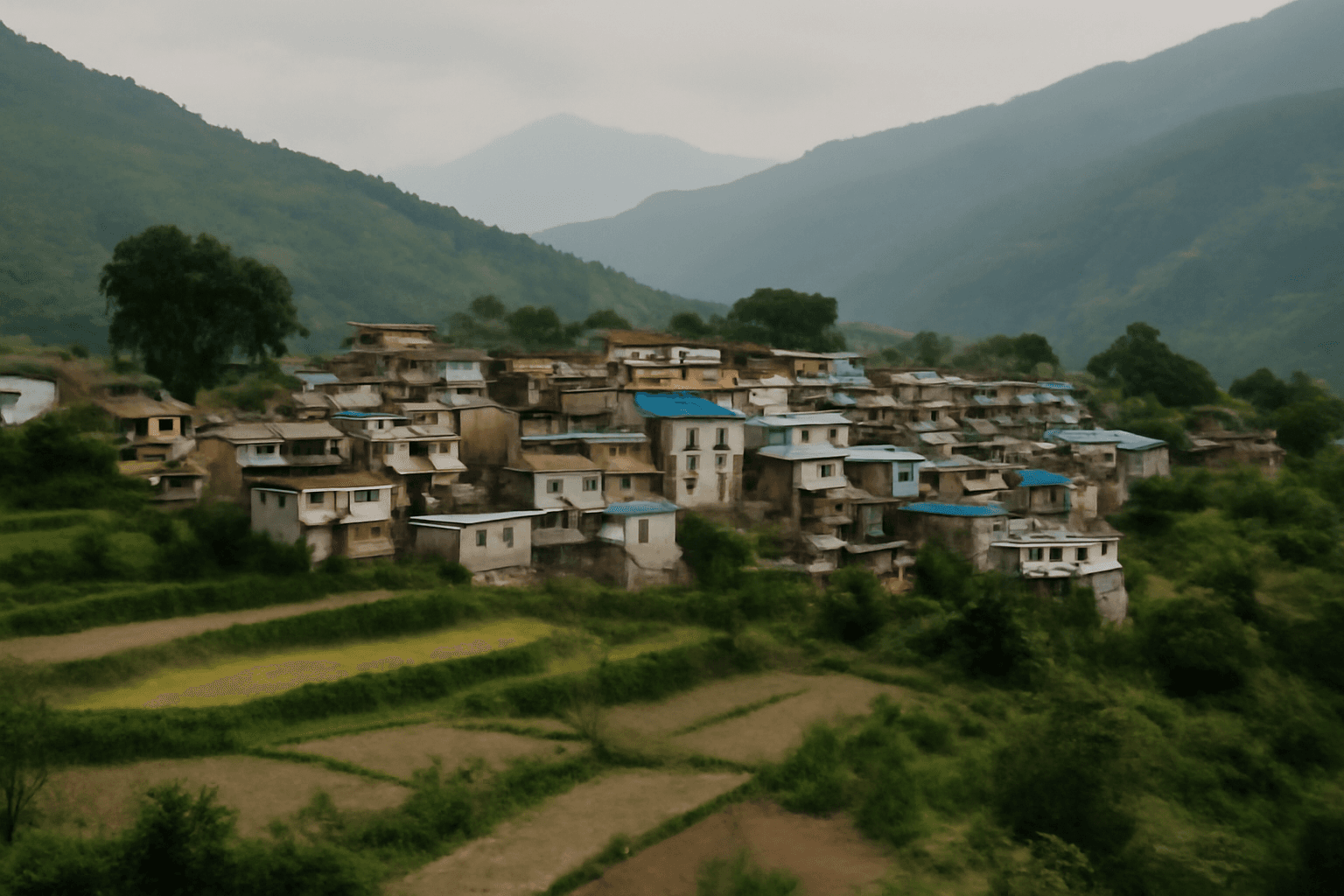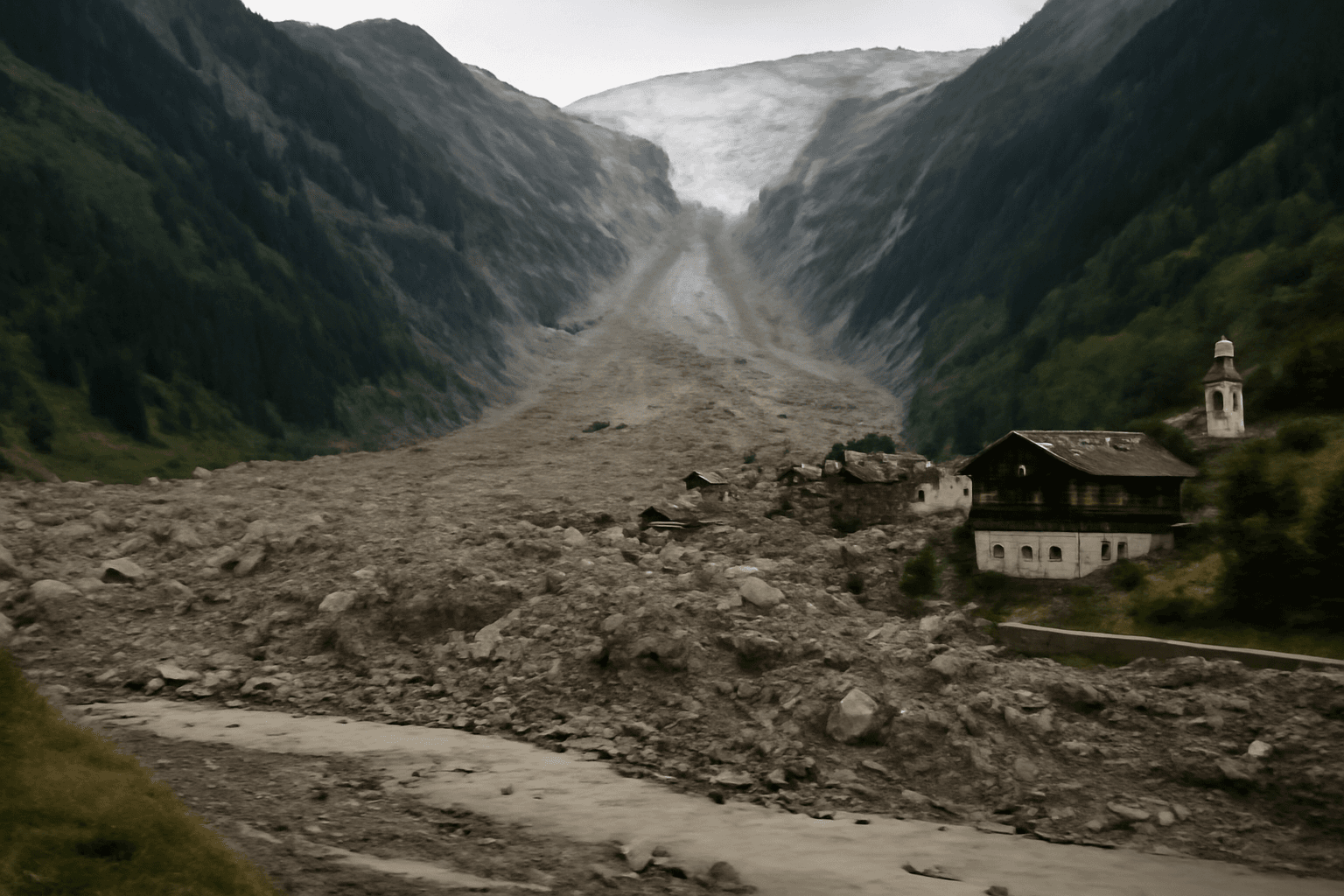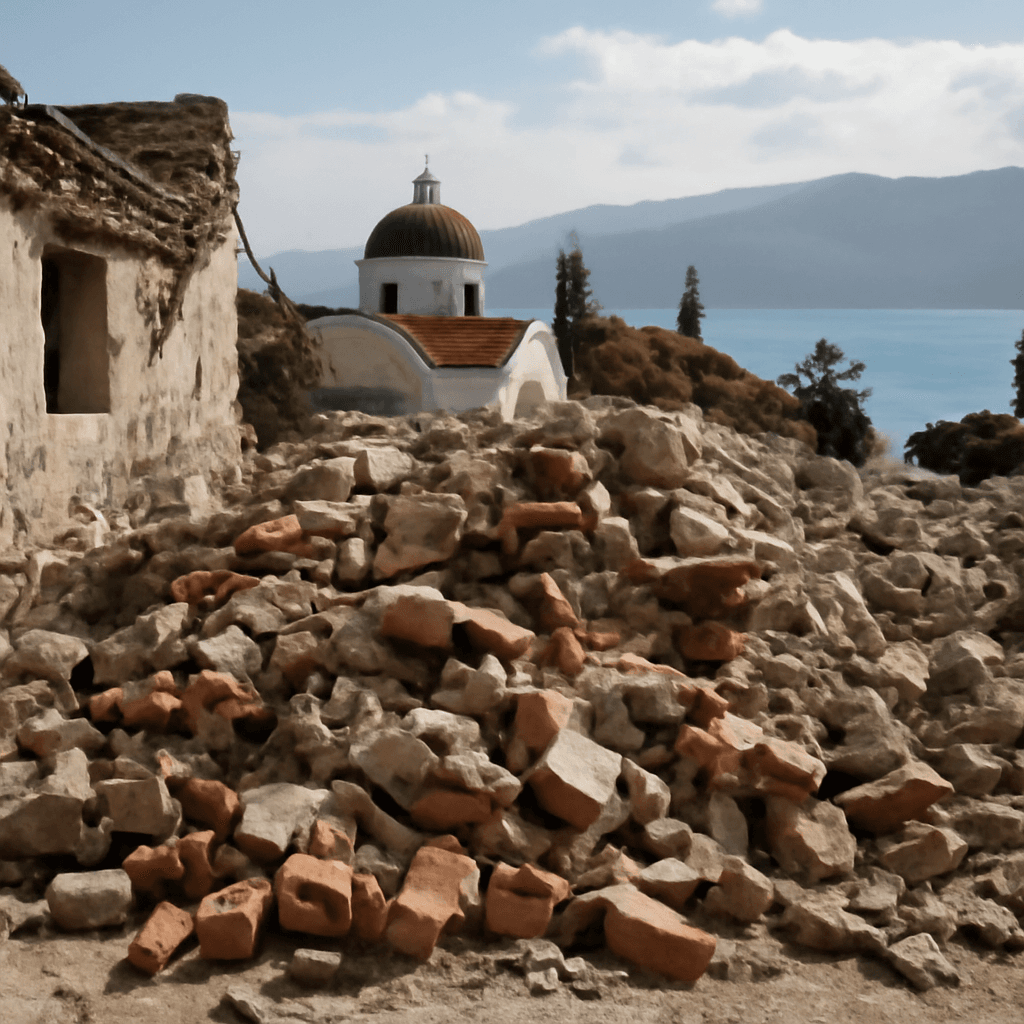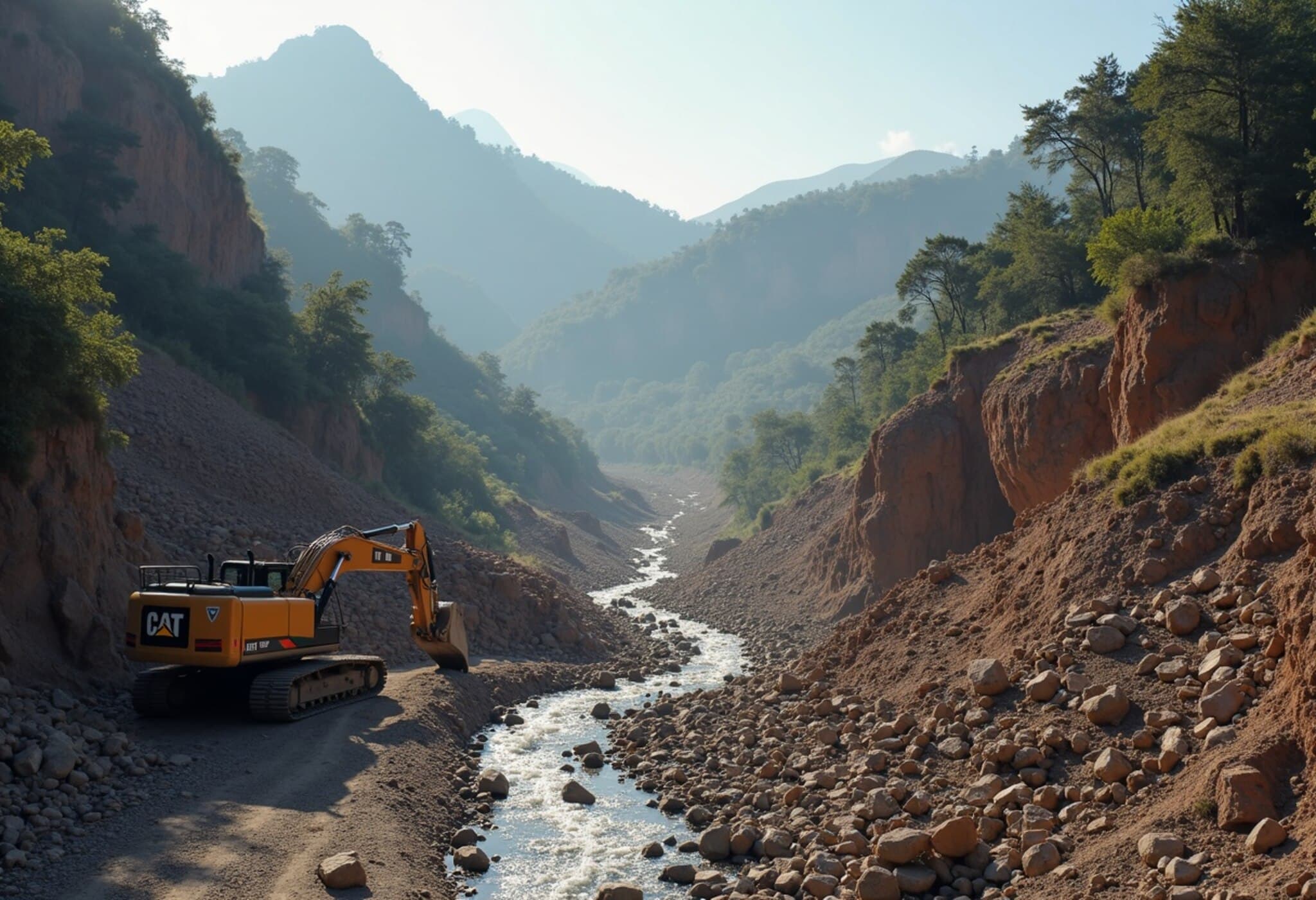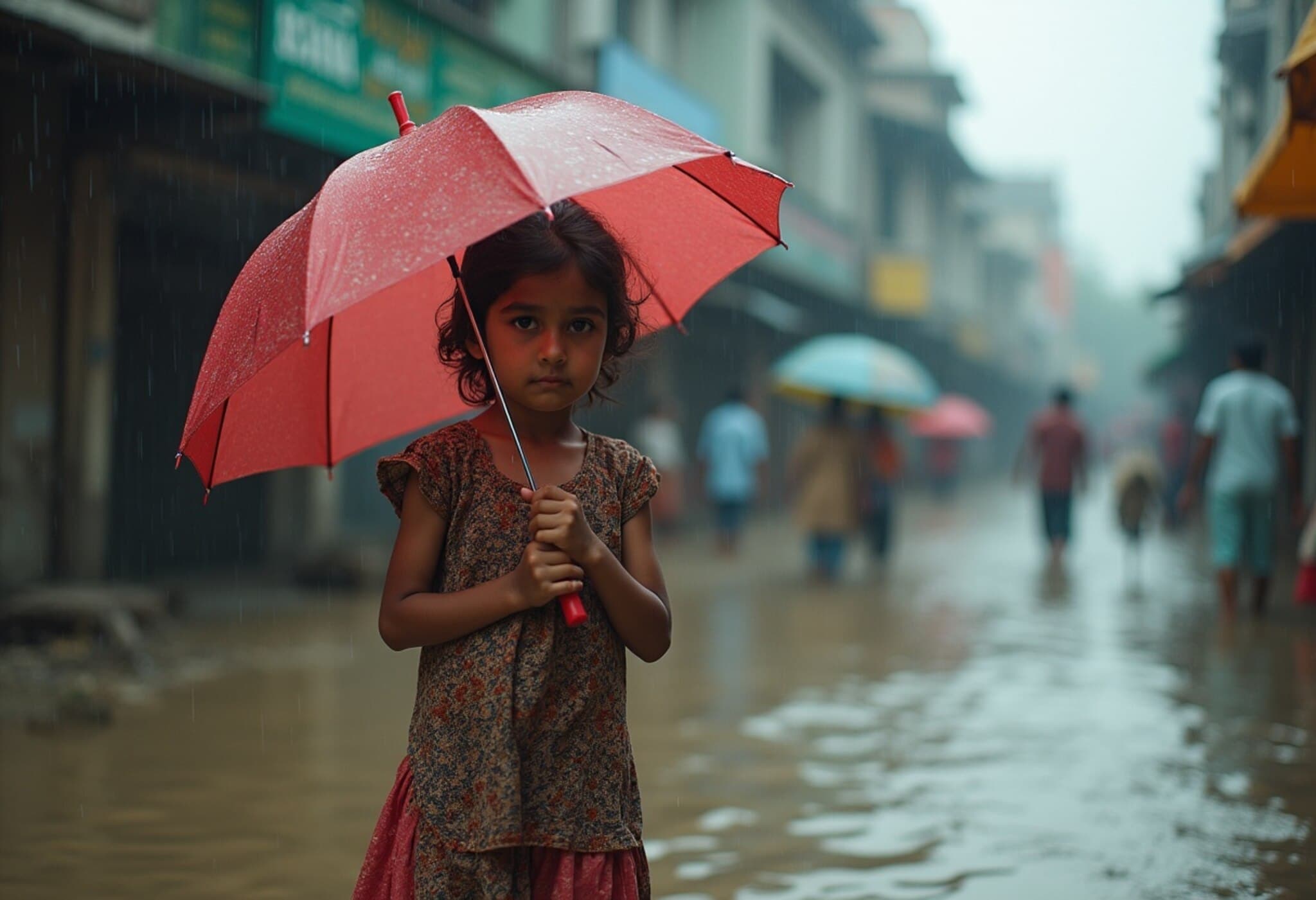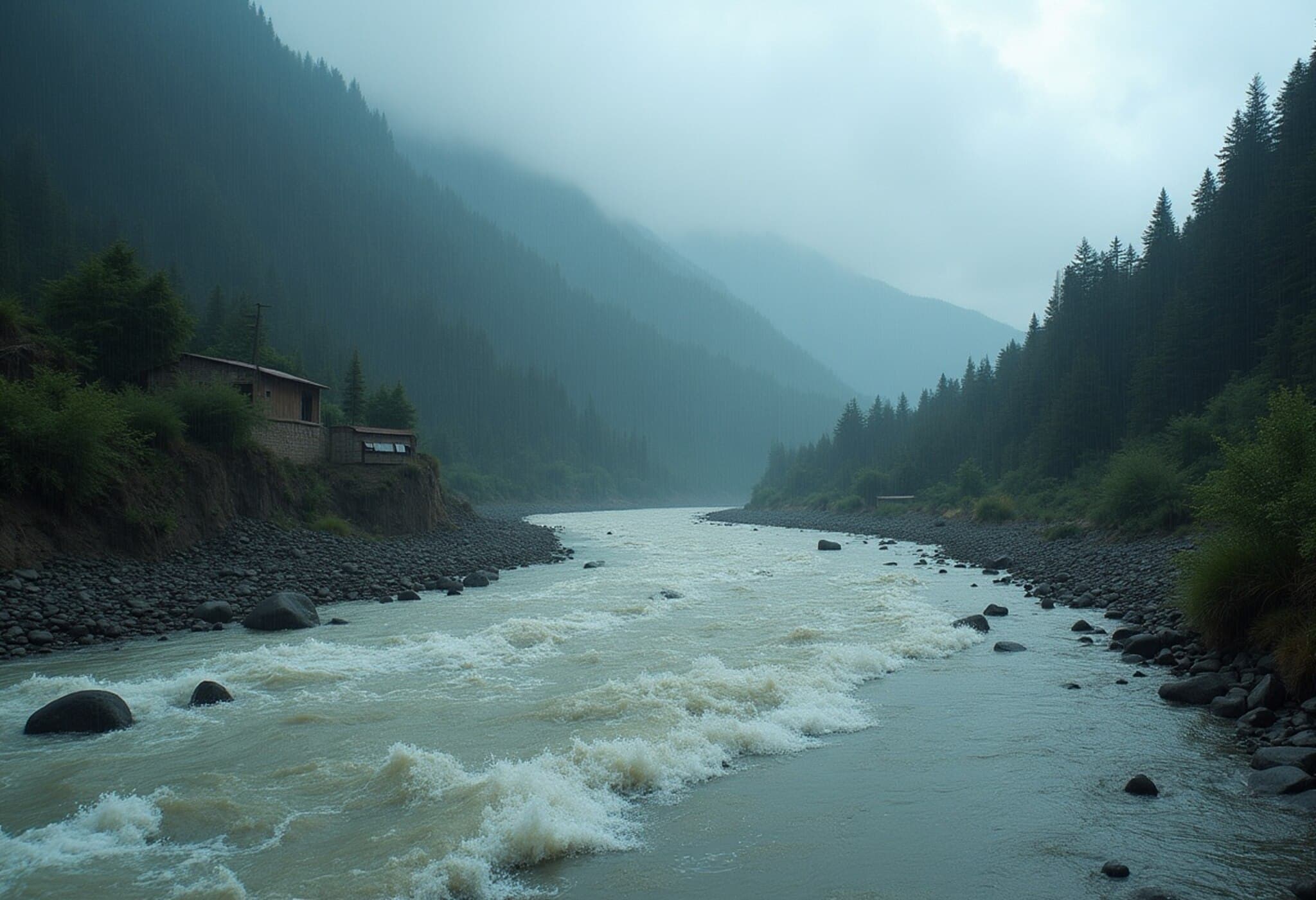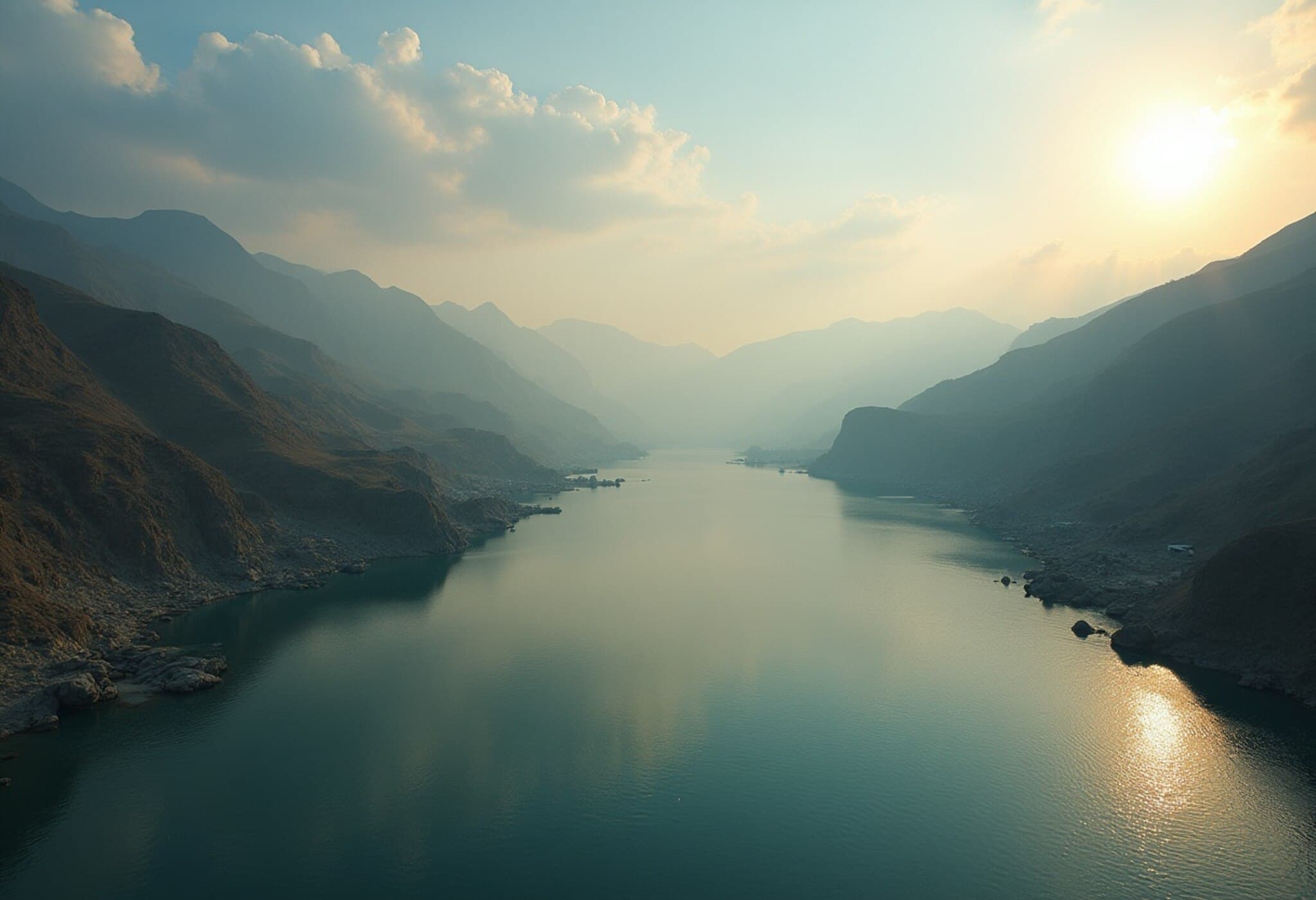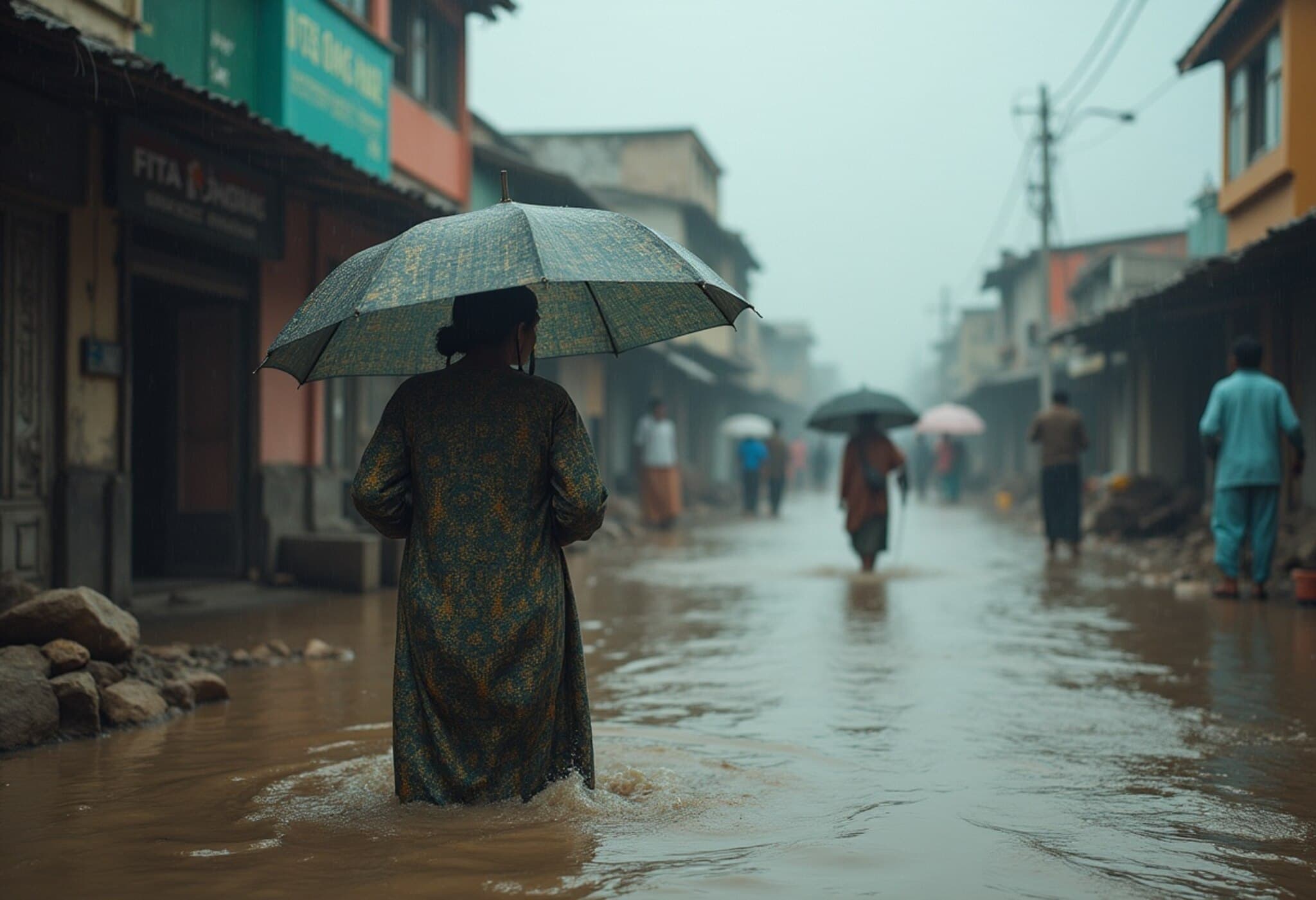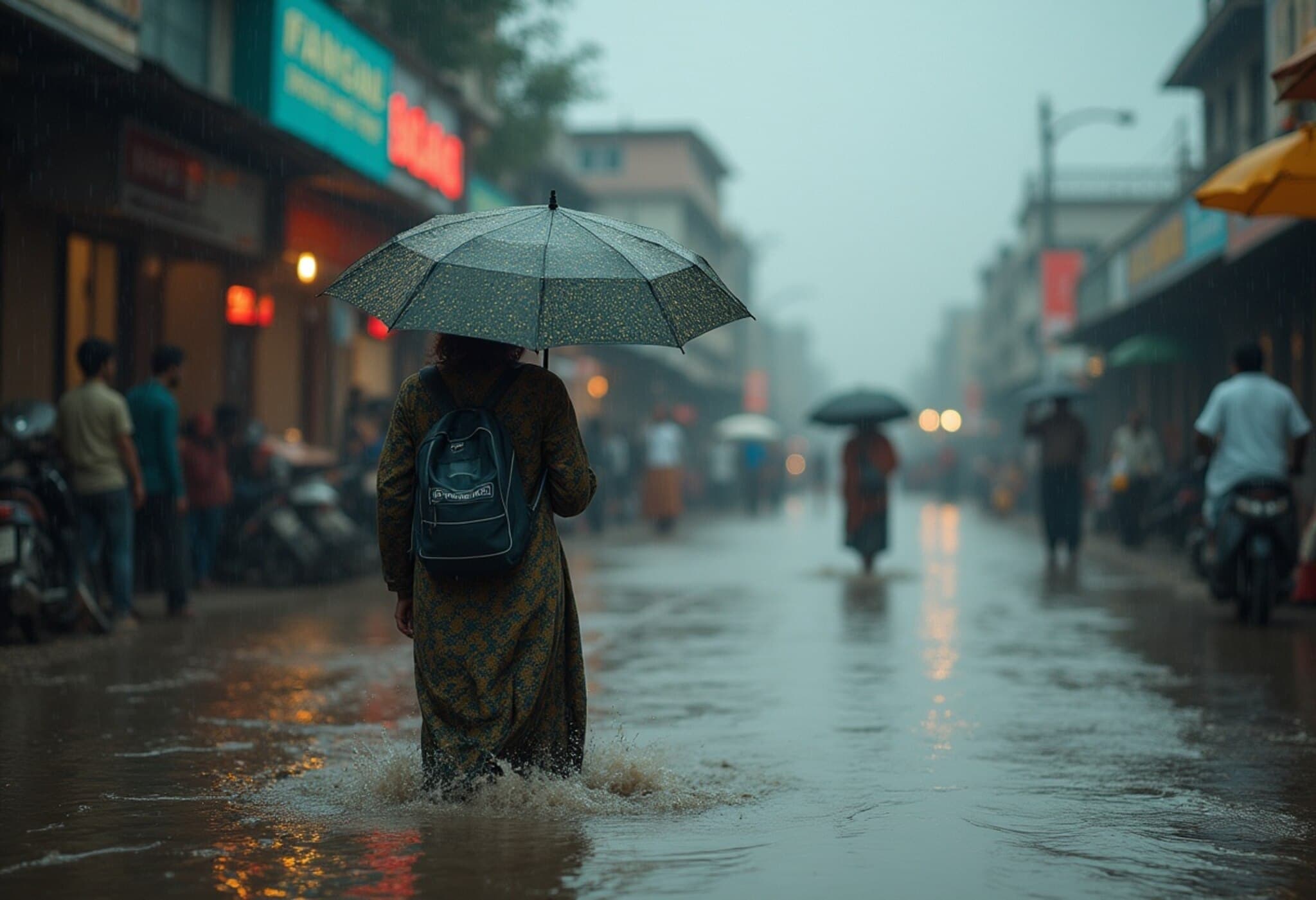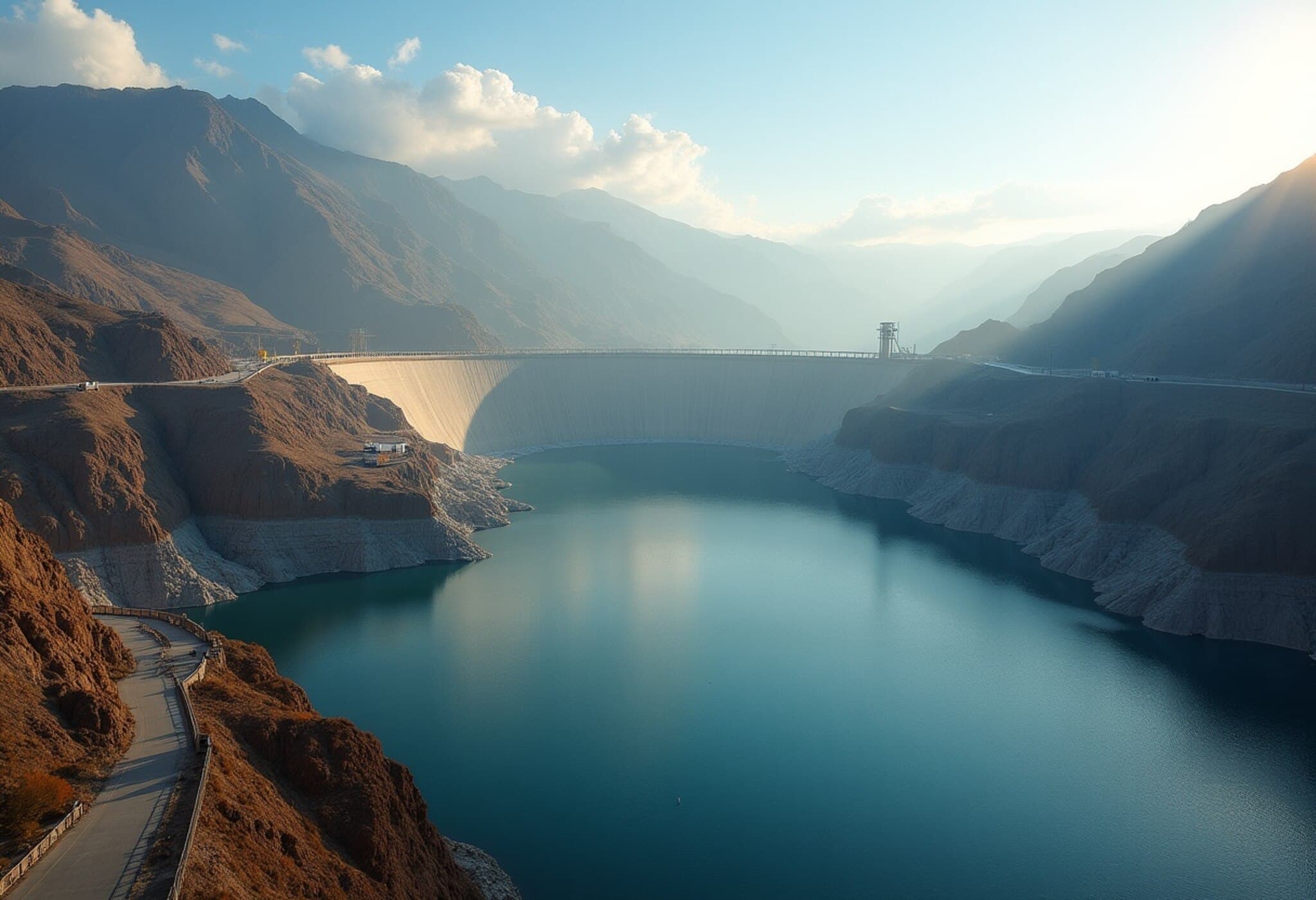Tragic Loss of Life and Devastation in Pakistan’s Northwest
More than 200 people have tragically lost their lives following severe flash floods that swept through northwestern Pakistan, devastating entire villages and displacing countless families. The catastrophic floods were triggered by intense cloudbursts and pre-monsoon heavy rains, engulfing the region in chaos and destruction on August 15 and 16, 2025.
Buner District Hit Hardest
The worst-hit area, Buner district, northwest Pakistan, reported at least 157 fatalities with dozens still unaccounted for. Entire homes and small communities were washed away in the sudden inundation. Officials declared a state of emergency as rescue teams raced against time, utilizing boats and helicopters to reach those trapped by rising waters. Ambulance crews have reportedly transported over 100 bodies, underscoring the human toll of the disaster.
Rescue Operations and Challenges
Neighboring districts Mansehra, Bajaur, and Battagram also grappled with the floods’ aftermath. Emergency responders worked tirelessly, especially in Mansehra’s Siran Valley, to evacuate approximately 2,000 tourists stranded by floods and accompanying landslides. These precarious rescues illustrate the broader vulnerability of Pakistan’s mountainous regions to severe weather events intensified by climate change.
Tragically, a relief effort faced its own calamity when a helicopter carrying vital aid supplies crashed in Bajaur amid adverse weather conditions, killing all onboard, including two pilots. The loss has not only deepened the human cost but also complicated ongoing relief operations.
Government Response and Warnings
Prime Minister Shehbaz Sharif promptly directed disaster management authorities to prioritize evacuation efforts for affected families and stranded visitors. The National Disaster Management Authority (NDMA) issued warnings regarding potential glacial lake outburst floods (GLOFs) in northern high-risk areas such as Gilgit-Baltistan and Pakistan-administered Kashmir, urging travelers to avoid these zones.
Vulnerabilities Underscored: Children at Risk
Experts highlight the disproportionate impact on children, who accounted for nearly half of the 266 deaths reported in last month’s monsoon flood season. Dr. Zafar Iqbal, a public health official, noted, “Children are incredibly vulnerable during these disasters. With schools closed for national holidays, many are exposed to hazards like playing in floodwaters and risk of electrocution.” This reveals gaps in both disaster preparedness and public awareness campaigns that need urgent attention.
Expert Analysis: Climate Change and Regional Implications
Pakistan’s current flooding reflects a growing pattern tied to climate change-induced weather volatility. Glacial melt, unpredictable cloudbursts, and increased monsoon intensity place immense strain on infrastructure and emergency services. Urban and rural communities alike face heightened risks as early warnings and evacuation mechanisms remain underdeveloped.
From an economic perspective, the floods impinge heavily on agricultural productivity and rural livelihoods, potentially exacerbating poverty and food insecurity in already vulnerable districts. Policymakers face urgent calls to strengthen climate resilience through investment in sustainable infrastructure, early warning systems, and community education.
Critical Questions Moving Forward
- How can Pakistan’s disaster management systems be further enhanced to provide timely, effective responses to flash floods and glacial lake outburst threats?
- What role should international cooperation and climate finance play in assisting Pakistan’s flood mitigation and recovery efforts?
- How can vulnerable populations, especially children, be better protected through education and infrastructure improvements?
Summary
The devastation wrought by sudden flash floods in Pakistan’s northwest is a grim reminder of the urgent intersection between natural disasters and climate risk. While ongoing rescue and relief operations offer hope, the tragedy invites long-term strategic reflection on how to safeguard communities most at risk. As the government and international partners mobilize resources, there is a pressing need for enhanced preparedness and resilient infrastructure to mitigate future catastrophes.
Editor’s Note:
This heartbreaking event underscores the human cost of climate vulnerability in South Asia’s mountainous regions. Readers are encouraged to reflect on the systemic challenges that amplify disaster risk, and to consider the socio-economic ripple effects on displaced families and local economies. What sustainable policies and community-level adaptations can best protect Pakistan’s future generations?

